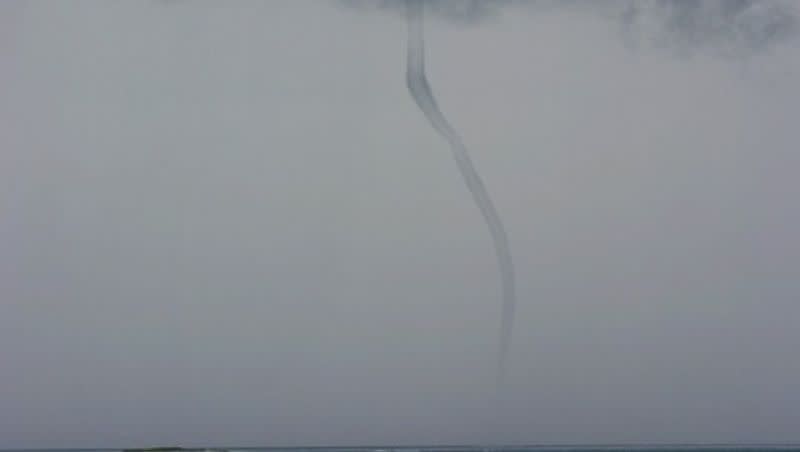A record-breaking amount of waterspouts appear on Lake Erie

Saturday was an exciting day for those who live close to Lake Erie. Researchers have confirmed that more than 130 waterspouts crossed the lake, making quite a spectacle for onlookers.
The International Centre for Waterspout Research confirmed that a total of 138 waterspouts made an appearance on the lake, making a new record.
It beats the 52 waterspouts that were spotted along several of the Great Lakes in 2021, as The New York Times reported.
Storm chasers with Severe Wx Ohio posted on their X profile, formerly known as Twitter, that they recorded 40 or more on just Lake Erie in under three hours.
As fall starts to settle in, Lake Erie decided to put on one heck of a show this morning. At about 7:00 AM today a string of lake effect convection would spawn 138 confirmed waterspouts/funnels. @VortXbrkdwn was able to document 40+ of these spouts in just under 3 hours pic.twitter.com/Tlo0e6V6wd
— Severe Wx Ohio (@SevereWxOhio) October 7, 2023
The U.S. National Weather Service center in Buffalo, New York, issued an alert as conditions were “favorable” for the waterspouts.
Related
How common are waterspouts on Lake Erie?
According to Cleveland.com, waterspouts aren’t unusual to see, especially during the fall months as colder air moves across the Great Lakes.
But to have this many all at once was an anomaly.
“This is an impressive number we’ve seen on the lake,” meteorologist Marty Mullen from National Weather Service Cleveland told Cleveland.com. “It’s definitely one of the higher numbers we’ve seen on Lake Erie ever.”
What is a waterspout?
Waterspouts are a “funnel” with an “intense vortex” that stays low, Joseph Golden, a waterspout expert at the National Oceanic and Atmospheric Administration, told the National Weather Service.
Two types of waterspouts exist — fair weather waterspouts, the most common of the two, tend to be less harmful and short-lived, compared to tornadic waterspouts, which are more destructive.
Are waterspouts stronger than tornadoes?
Fair weather waterspouts aren’t usually as powerful as tornadoes, Golden said. But tornadic waterspouts start on land as tornadoes and then move over water.
The stronger ones can cause large waves which can capsize boats and harm people, per a Saturday NWS alert.
The warning issued by the NWS Saturday warned boaters that “winds and waves can be erratic in and around waterspouts” and told them to return to return to harbor if conditions worsened.
Related

